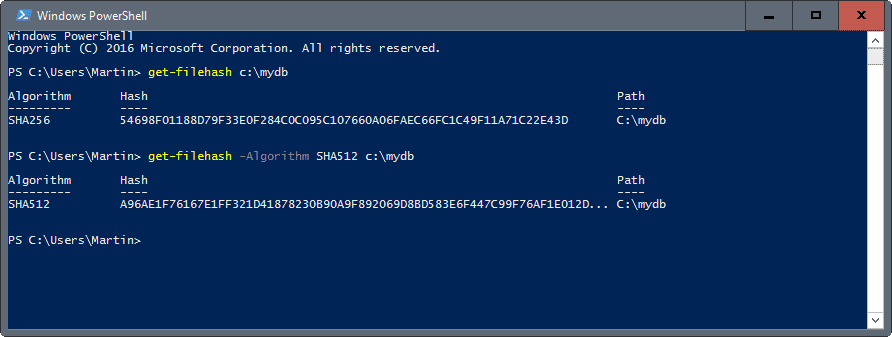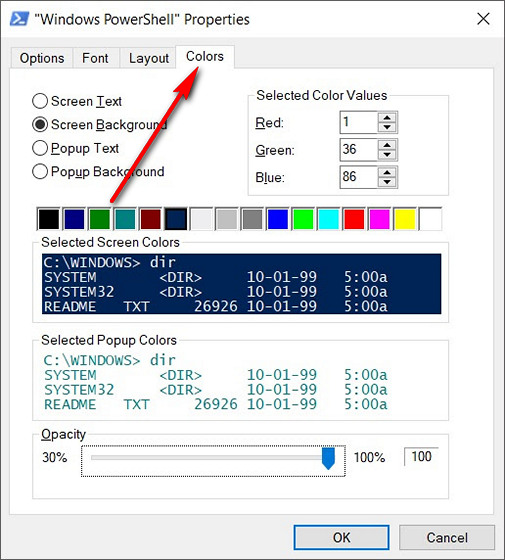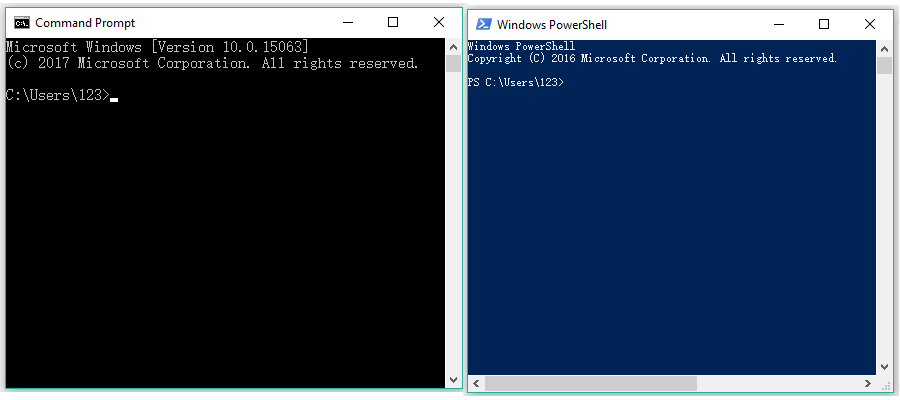
In PSv3.0 or higher, if you want to set the default encoding for all cmdlets that supportĪn -Encoding parameter (which in PSv5.1+ includes > and >), use: (The $PSDefaultParameterValues preference variable was introduced in PSv3.0). In PSv5.0 or below, you cannot change the encoding for > / >, but, on PSv3 or higher, the above technique does work for explicit calls to Out-File. In PowerShell (Core) v6+, BOM-less UTF-8 is the default (see next section), but if you do want a BOM there, you can use 'utf8BOM' Many Unix-based utilities do not recognize this BOM (see bottom) see this post for workarounds that create BOM-less UTF-8 files.In Windows PowerShell (the legacy edition whose latest and final version is v5.1), this invariably creates UTF-8 file with a (pseudo) BOM. In PSv5.1 or higher, where > and > are effectively aliases of Out-File, you can set the default encoding for > / > / Out-File via the $PSDefaultParameterValues preference variable: In Windows PowerShell, this takes effect only for those cmdlets that default to the ANSI code page, notably Set-Content, but not Out-File / >, and it also applies to reading files, notably including Get-Content and how PowerShell itself reads source code.UTF-8 also, the feature is still considered a beta feature as of this writing (Windows 11 22H2). The feature has far-reaching consequences, because both the OEM and the ANSI code page are then set to 65001, i.e.

#Change powershell to cmd windows 10 how to#
By contrast, for information on how to send and receive UTF-8-encoded strings to and from external programs, see this answer.Ī system-wide switch to UTF-8 is possible nowadays (since recent versions of Windows 10): see this answer, but note the following caveats:.


In both cases, the information applies to making PowerShell use UTF-8 for reading and writing files.


 0 kommentar(er)
0 kommentar(er)
